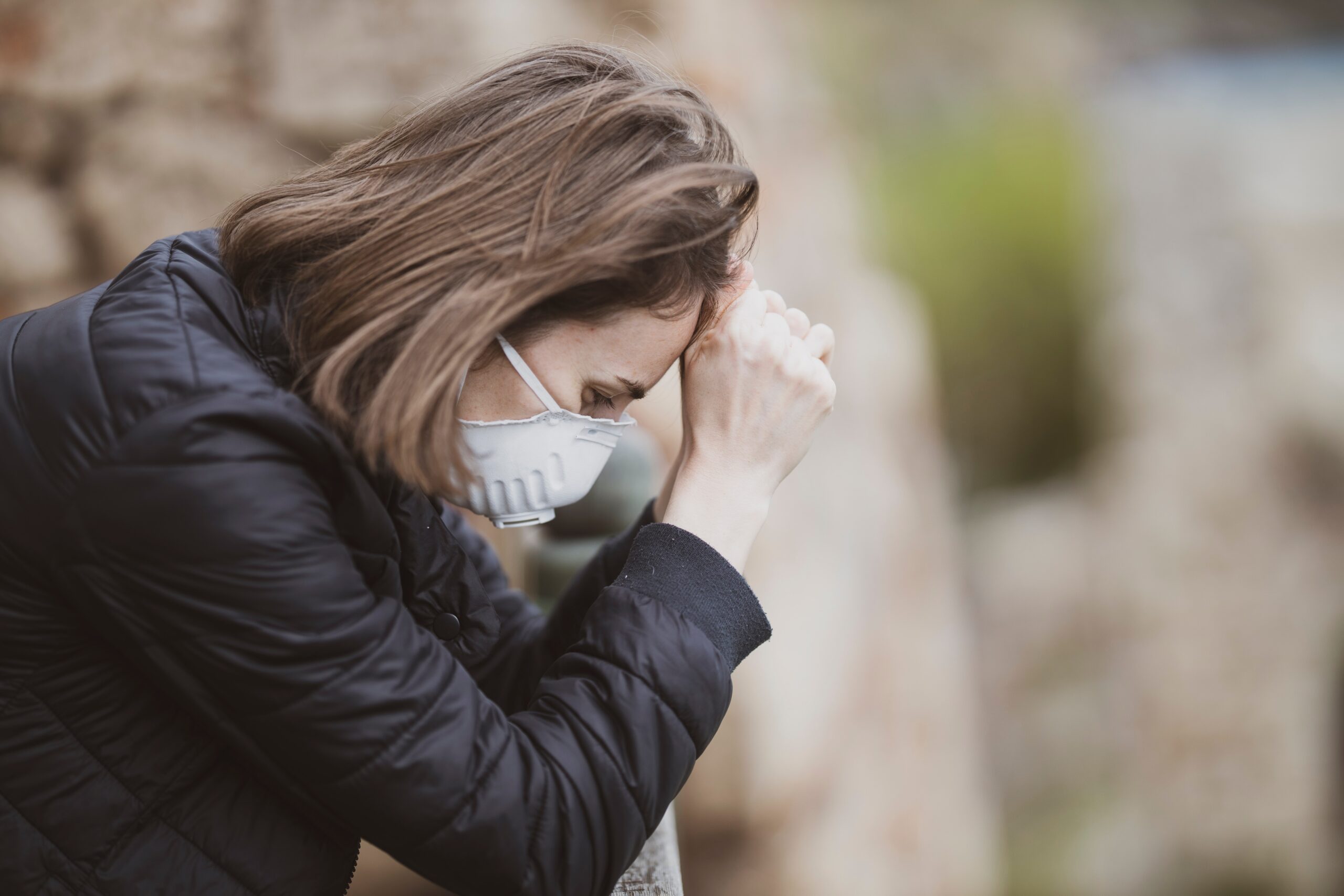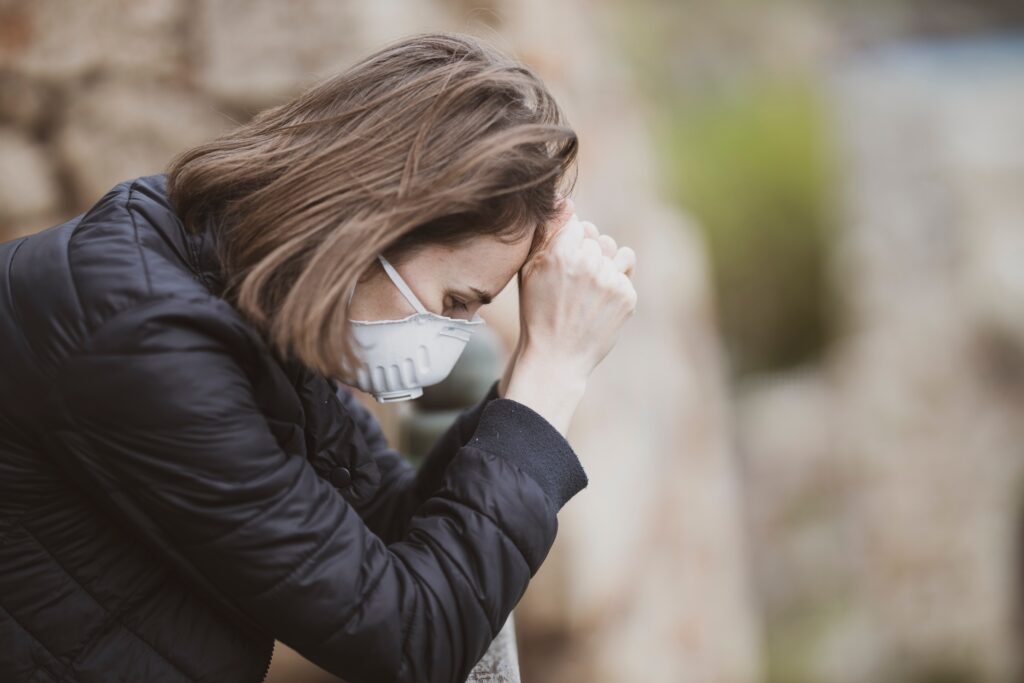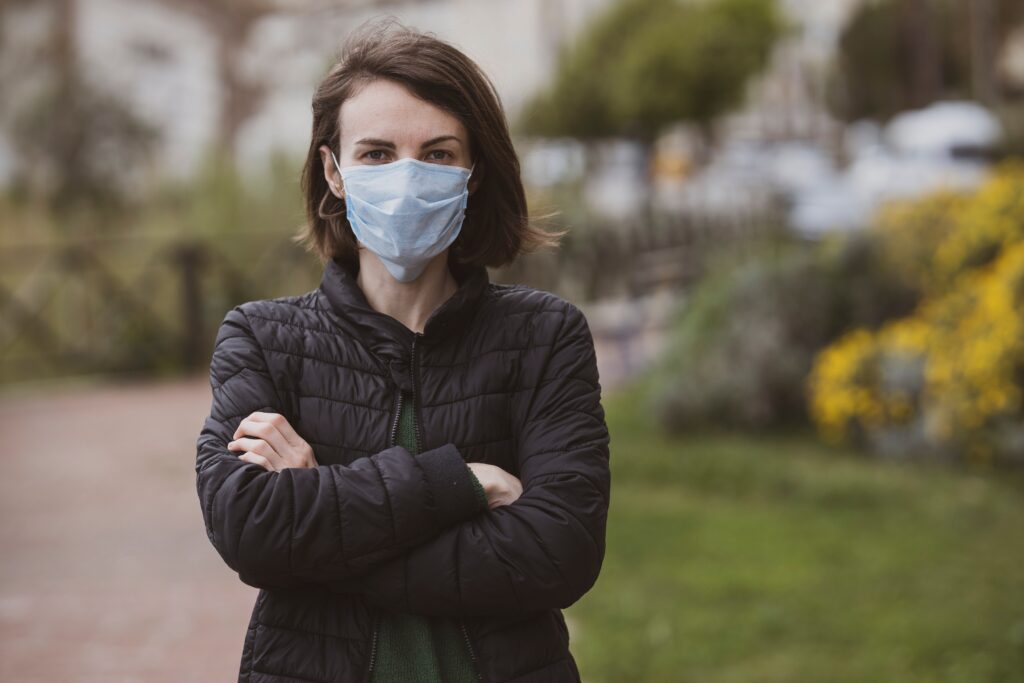
How to Avoid Cedar Fever?
If it isn’t the cold but the constant sneezing and itchy eyes that are the bane of your winter existence in Texas, do you long for spring?
Perhaps you are one of the many who experience cedar fever – a seasonal allergy due to the pollen from the mountain cedar tree. Unlike a mere sore throat, cedar fever is a complicated allergic reaction that affects millions of Texans each year.
We’re combining high quality advice with down-to-earth practicality, we will explore the best ways to cope with and control cedar fever.
This guide explains the sources and effects of cedar fever, while also giving tips to help control its symptoms. By understanding the proper approach to cedar fever, you can better protect your health, and enjoy the winter months with fewer disruptions to your daily life.
Understanding Cedar Fever: More Than Just Allergies
In the heart of Central Texas, as cedar trees begin their annual bloom, a less welcomed event also unfolds: the discharge of a cloud of pollen which impels allergic reactions in countless people. This phenomenon, much more than an annoyance, produces a variety of symptoms which are frequently confused with the common cold. Sufferers may have anything from sneezing and itchy eyes, to more extreme varieties of respiratory distress.
But what makes cedar fever different is its root. It’s not an infection or a virus, but rather the body’s exaggerated immune response to what it erroneously identifies as a harmful invader: cedar pollen.
The Real Impact of Cedar Fever on Daily Life

Given the variety of symptoms, cedar fever often has a huge impact on daily life. Nasal congestion, sudden sneezes, and itchy eyes may all at once derail your day. This isn’t just a minor irritation. These symptoms can slow you down and disrupt your daily life.
This is especially alarming news for those with existing respiratory problems. Inhaling cedar pollen can aggravate asthma and other chronic conditions, provoking more frequent headaches, migraines, or disrupting normal sleep patterns. In serious cases, it can even lead to severe asthma attacks, which are a big worry for people who are already suffering from breathing problems.
Cedar fever has an impact on your physical health, and it clearly can become a considerable drain on one’s general well-being by being mentally exhausting. This makes prevention crucial. But implementing strong preventive strategies can make a big difference.
Top 10 Things to Do To Avoid Cedar Fever
1. Stay updated on pollen forecasts
Check the pollen count every day, just as you would the weather. You can do this easily by using apps and online. Here’s a link with pollen and weather forecast for Austin area from Frontier Allergy. This is good for planning your activities, being able to avoid high pollen times, especially if you are very sensitive to cedar fever.
2. Choose Your Outdoor Moments Wisely
To minimize exposure, it’s best to avoid going outside when the pollen count is at its peak, usually during midday. Early mornings or times just after rain are typically when pollen levels drop, offering a better window for outdoor activities.
3. Create a Pollen-Free Zone Indoors
The key is to keep your home pollen-free. You can accomplish this by installing HEPA filters in your air conditioning system and air purifiers in the rooms you use the most. These are devices to capture and remove pollen and other allergens in the air, which reduces your exposure indoors.
4. Have a Daily Nasal Care Routine
Making saline nasal rinses part of your daily routine can change the whole game. The use of these rinses washes pollen out from your sinuses, providing relief and reducing the risk of a full-blown cedar fever.

Another step you can take to prevent cedar fever is to keep your living area clean. This includes washing clothes and bedding often to rinse off pollen brought indoors. Furthermore, keeping surfaces dust-free will reduce the total number of allergens in the home.
6. Adopt Indoor Laundry Drying
Drying clothes outside saves energy, but it also exposes them to the ravages of pollen. Drying clothes indoors during high pollen seasons keeps them free from pollen. This little change can make a huge difference in your daily dose of pollen.
7. Using Protective Accessories
Masks, Sunglasses and wide-brimmed hats aren’t just accessories during cedar fever season; they’re defenses against airborne allergens. When you can’t avoid going outside, they help protect your eyes and face from pollen. Hats can help keep pollen from settling into your hair and contaminate your indoor spaces. Once you return from your outdoor activity, leave the hat next to your door or in your garage and not bring it into your home.
8. Pet Hygiene to Reduce Pollen Spread
Pets inadvertently introduce pollen into your home. Grooming and washing your pets, especially after they have been outdoors, will also greatly reduce the pollen burden inside the house. This is especially important for pet owners with severe allergies.
9.Choosing the Right Attire
Consider wearing long sleeves and pants when you go outside. This is a protective barrier against pollen. This easy measure will prevent pollen from ever coming into direct contact with your skin, eliminating the source of many allergic reactions.

Consider wearing long sleeves and pants when you go outside. This is a protective barrier against pollen. This easy measure will prevent pollen from ever coming into direct contact with your skin, eliminating the source of many allergic reactions.
10. Consulting with Allergy Specialists
When conventional over-the-counter medications cannot meet expectations, people may turn to professionals like our doctors at Frontier Allergy to make a difference. Our doctors can provide personalized advice and treatment choices, carefully matched to your personal allergy profile and your individual needs. With our experience in allergy control, we provide you special, effective aids to conquer cedar fever.
Each of these measures is an important step in the management of cedar fever. With them, you can get through allergy season more easily and comfortably.
Take Action to Prevent Cedar Fever
Cedar fever means planning your day around the illness. Just remember, what works for one person may not work for another–you’ve got to find what works for you. Getting advice from a healthcare professional can save you time and energy while dealing with this allergy.
By staying well-informed and making slight modifications to your daily habits, you can effectively manage cedar fever. This approach allows you to enjoy the winter months with minimal discomfort from allergies.
If you require further assistance, please get in touch with our experts at Frontier Allergist. We are fully aware of allergies and can offer advice tailored to your needs, and we are here to get you through the allergy season.

Written/Reviewed by: Dr. Neha Reshamwala
NPI number: 1780874578
Page last reviewed: 02/25/2025


 All blog posts
All blog posts





